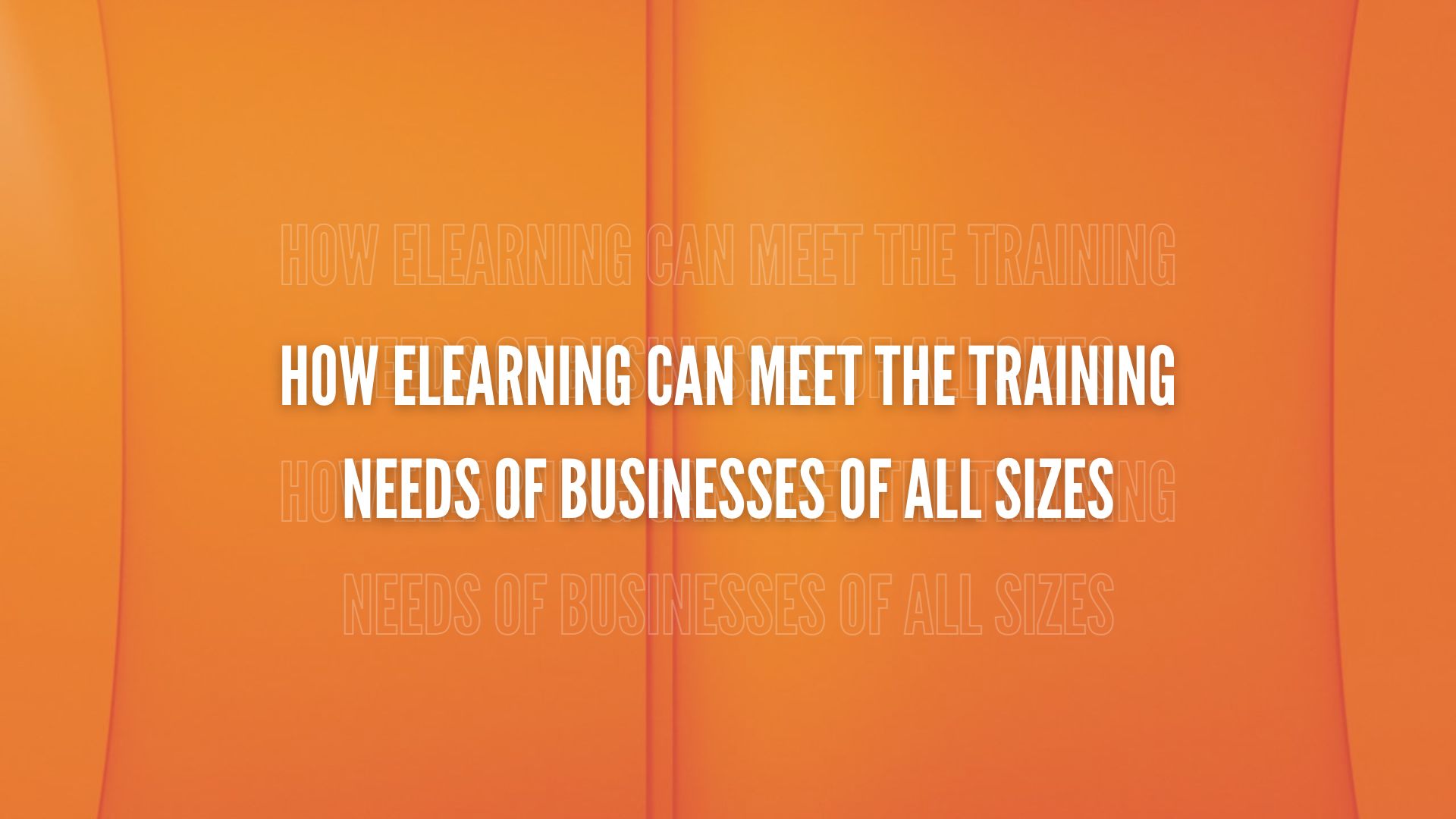Are you one of those individuals who is especially interested in current trends in eLearning? If so, it’s likely that you’ve done a little Internet research on the subject. What did you discover is on the horizon for online learning trends in 2016? No doubt you noticed mention of gamification, automation, big data, and, last but definitely not least, mobile learning.

What Exactly Is Mobile Learning?
Most eLearning buffs know the ins and outs of mobile learning. For those less familiar with it, mobile learning implies eLearning courses are easytoaccess on mobile platforms. Because mobile screens have much smaller dimensions than PCs, programs need to be fit especially for these devices. This can be accomplished through mobile optimized websites or mobile apps.
There’s a chance you might be asking yourself, “As a trend, isn’t mobile learning old news?” Yes and no. True, mobile learning has been around longer than most of the eLearning trends predicted for this year. But, mobile learning (sometimes referred to as “mLearning”) technology is becoming increasingly advanced. In that respect, it is a groundbreaking online learning trend.
3 Reasons Your Company Needs Mobile Learning
Despite the fact that mLearning is all the rage in the eLearning world, some companies do not utilize it. It’s not because these organizations don’t care about partaking of cutting-edge technology. Rather, it’s because they don’t understand how profoundly mobile learning will benefit them. There are dozens of benefits that mobile learning offers companies; here are 3:
- Mobile learning is amazingly convenient
As a company leader, have you ever had trouble getting your employees engaged with training? If so, perhaps the training was too inconvenient for them. Let’s face it: busyness consumes most people in the workforce. It’s hard to concentrate on training when one has a million other things to do. Mobile learning is luxuriously convenient, allowing people to access work-related resources anytime, any place, from any device with an Internet connection and a Web browser. This gives employees the opportunity to connect with training at times when they can better engage with it.
- Mobile learning increases productivity – As mentioned above, mLearning makes it easy for employees to access training materials. Guess what happens as a result of this? For one thing, productivity increases. When people have 24/7-access to training, they become experts in their fields and are better equipped to be excellent employees. In light of this, it makes sense that mobile learning would foster high levels of productivity.
- Mobile learning promotes the use of social media – Many employers do not see social media as an asset in the workplace. How wrong they are. When used correctly and for business purposes, social media increases transparency and collaboration. 12 Benefits of Mobile Learning states, “Transparency is the natural byproduct of connectivity, mobility, and collaboration (that mobile learning produces). As planning, thinking, performance, evaluation and reflection are both mobile and digital, they gain an immediate audience with both local and global communities through social media platforms…” These benefits are augmented when an eLearning platform is implemented, as many LMSs allow for the controlled use of social media for professional purposes.
Companies that forgo mobile learning miss out on increased productivity, greater employee-access to training, and the professional benefits of social media. One way company leaders can take advantage of this trend that will be around for many years is by implementing a cloud-based social learning management system (LMS) that has mLearning capabilities. Mind you, not every LMS can facilitate mobile learning, so company leaders must be sure to do their research before launching an eLearning platform. When the right LMS is implemented, a company will yield as many benefits from it as from mobile learning itself.
People are using mobile devices more than ever before. Shouldn’t your company’s training programs be accessible on these popular platforms? If you choose not to incorporate these features now, the question is, “When?” After all, mobile learning is not going away anytime soon.






